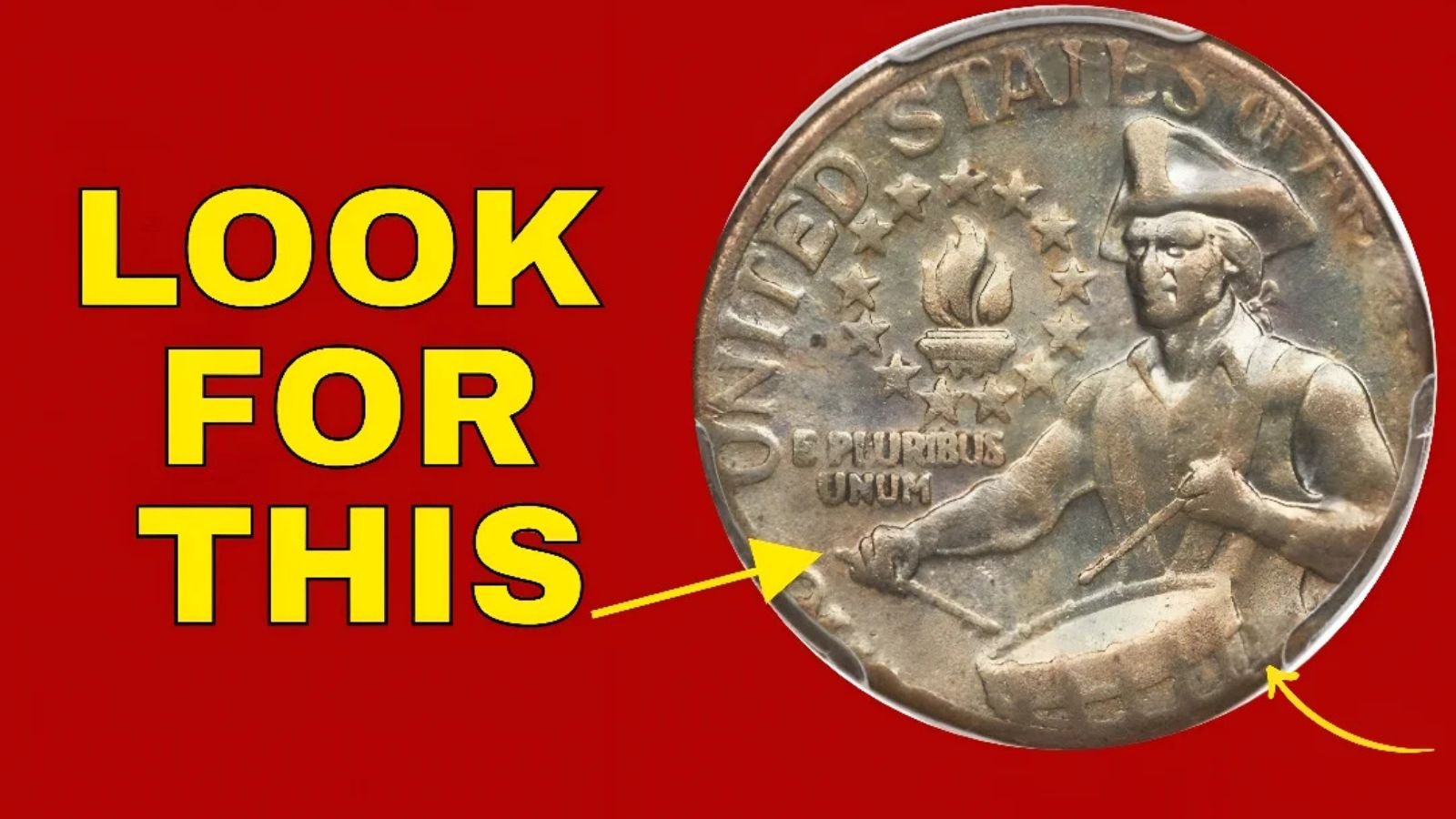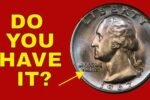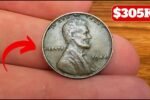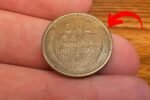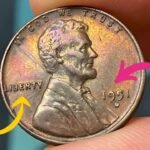In the fascinating world of numismatics—the study and collection of coins—tales of extraordinary finds, rare minting errors, and life-changing discoveries are part of the allure that keeps collectors engaged. But among all these captivating stories, few have gained as much attention and mystery as the legend of the Rare Bicentennial Quarter rumored to be worth an astonishing $2.5 billion. Yes, billion with a “B.” What makes this story even more tantalizing is the claim that the coin is still out there—circulating in the hands of an unsuspecting public.
While it may sound like a fantasy fit for a Hollywood treasure hunt, this modern numismatic myth has persisted for years. But is there any truth to the tale? Let’s delve into the story of the Rare Bicentennial Quarter, the facts behind the fiction, and what to actually look for if you’re hoping to uncover a valuable piece of American coinage history in your own pocket change.
The Bicentennial Quarter: A Symbol of American Heritage
In 1976, to mark the 200th anniversary of the signing of the Declaration of Independence, the United States Mint released a series of commemorative coins: the quarter, half dollar, and dollar. The quarter, in particular, quickly became iconic. Instead of the traditional eagle design found on the reverse of most quarters, the Bicentennial Quarter featured a new image: a Colonial drummer boy with a torch of victory encircled by thirteen stars—representing the original thirteen colonies.
Designed by Jack L. Ahr, this reverse design appeared alongside a dual date on the obverse—“1776–1976”—a unique feature that commemorated the bicentennial of American independence. Between 1975 and 1976, over 1.6 billion Bicentennial quarters were struck at the Philadelphia, Denver, and San Francisco mints, making them relatively common even today. Almost every American who grew up during or after the 1970s has likely held one in their hand.
But amid the billions of circulated coins, rumors began to surface: what if there was a version of this patriotic quarter that was unlike any other—a rare mistake or one-of-a-kind issue that could be worth more than anyone could imagine?
The Billion-Dollar Mystery: Too Good to Be True?
So how does a 25-cent coin end up being associated with a staggering $2.5 billion price tag? According to the legend, a Rare Bicentennial Quarter was mistakenly struck on a 90% gold planchet—one that was allegedly prepared for a special commemorative series that was never officially released. Somehow, as the story goes, this unique coin escaped into circulation undetected.
Proponents of this tale argue that such a coin would have immense value due to its:
- Extreme rarity – believed to be the only one of its kind
- Unusual composition – struck on solid gold instead of copper-nickel or silver-clad
- Historical significance – tied to America’s 200th birthday celebration
- Minting error – an unintentional release of a prototype
The idea that this coin might still be out there—tucked into a drawer, resting in a piggy bank, or passing from hand to hand as regular change—has captured the imagination of coin collectors and casual enthusiasts alike. But is there any truth to this story?
Fact or Fiction? What the Experts Say
Despite all the hype and viral headlines about a Rare Bicentennial Quarter being worth $2.5 billion, no such coin has ever been authenticated by a reputable organization. Numismatic authorities like the Professional Coin Grading Service (PCGS) and the American Numismatic Association (ANA) have never confirmed the existence of a Bicentennial quarter struck in gold.
That said, the concept of error coins and rare planchet strikes is not purely imaginary. Over the years, legitimate error coins have surfaced from various mints across the world, including:
- Coins struck on the wrong planchets (e.g., foreign or obsolete metal blanks)
- Double or off-center strikes
- Clipped planchets
- Misaligned dies
Some of these errors can fetch thousands—or even tens of thousands—of dollars, depending on their rarity, condition, and market demand. However, the astronomical $2.5 billion value attached to this Rare Bicentennial Quarter seems to be driven more by myth than marketplace reality.
Why the Legend Persists
Why does a clearly exaggerated tale like this continue to circulate? The answer lies in human psychology and the power of storytelling. The narrative of finding unimaginable wealth in your pocket change is irresistible. It taps into universal hopes: the dream of discovery, the thrill of the unknown, and the chance of turning something mundane into a once-in-a-lifetime treasure.
Social media, blogs, and clickbait articles have only amplified this legend. Headlines promising “THIS QUARTER IS WORTH BILLIONS!” naturally go viral, regardless of their factual basis. While the coin itself may be fictional, the buzz it generates is very real.
Real Rare Bicentennial Quarters That Are Worth More Than Face Value
Even though the $2.5 billion quarter is almost certainly a fantasy, there are still many Rare Bicentennial Quarters that command significant premiums among collectors. Here are a few to watch out for:
1. Proof Quarters from San Francisco (S Mintmark)
These were specially struck for collector sets. Some were made from 40% silver-clad planchets and display incredible mirror-like finishes. A perfect or near-perfect grade (PR69 or PR70) can fetch hundreds or even thousands of dollars, especially if it’s a deep cameo variety.
2. Error Coins
Keep an eye out for double-die obverse errors (where the date or lettering appears doubled), off-center strikes, or coins struck on the wrong planchet entirely. These anomalies can make a Rare Bicentennial Quarter exceptionally valuable, depending on the severity and clarity of the error.
3. High-Grade Business Strikes
Most circulated quarters show signs of wear, but uncirculated examples with a grading of MS-67 or higher can command high prices. These coins must be nearly flawless under 5x magnification and are relatively scarce in such conditions.
How to Check If You Have a Rare Bicentennial Quarter
If you’re hoping to uncover your own Rare Bicentennial Quarter, here are some steps to help identify whether your coin is ordinary or extraordinary:
- Check the Mintmark: Located just below George Washington’s hair ribbon. “S” indicates San Francisco, “D” is for Denver, and a blank space denotes Philadelphia.
- Weigh the Coin: A standard clad quarter weighs about 5.67 grams. A silver-clad or gold error coin will likely weigh slightly more or less, so use a precision scale if available.
- Inspect for Errors: Use a magnifying glass to look for doubled images, misalignments, or odd markings. These could point to valuable minting errors.
- Assess Condition: A professional grading service can assess your coin’s condition (or “grade”) and determine its market value.
- Compare With Verified Sales: Check auction records from PCGS or Heritage Auctions to see if a similar coin has been sold.
Frequently Asked Questions About Rare Bicentennial Quarters
Q1: What is a Rare Bicentennial Quarter?
A: It’s a quarter issued in 1975–76 to commemorate America’s 200th anniversary. While most are common, rare variants include error coins, high-grade examples, and silver-clad proofs—collectively referred to as Rare Bicentennial Quarters.
Q2: Is there really a Bicentennial quarter worth $2.5 billion?
A: No verified coin has ever reached that valuation. The rumor is likely an exaggeration or urban legend, though rare and valuable Bicentennial quarters do exist.
Q3: Why do people think it’s still in circulation?
A: The legend suggests that a rare error coin accidentally entered circulation, fueling the dream that it’s still out there waiting to be found.
Q4: How do I know if I have a Rare Bicentennial Quarter?
A: Look for proof marks, silver composition, minting errors, or coins in exceptional condition. Have it graded by a professional service for an accurate valuation.
Final Thoughts: Treasure or Tall Tale?
Whether the story of a Rare Bicentennial Quarter worth $2.5 billion is fact or fiction, one thing is certain—it has rekindled interest in coin collecting and inspired everyday people to look twice at the coins in their change. While it’s highly unlikely that such an ultra-rare gold quarter is still floating around in circulation, stranger things have happened in the world of minting.
So the next time you receive change at a convenience store or stumble upon a forgotten jar of coins, don’t dismiss that old quarter too quickly. Take a second look—you could be holding a Rare Bicentennial Quarter that’s not only rich in American history but also rich in collector value.
Because in the world of numismatics, the next great discovery might be no further than the palm of your hand.
Some Important Link
| Telegram Group | Click Here |
| WhatsApp Group | Click Here |
| Home Page | Click Here |
